20 Movies Our Parents Wouldn’t Let Us Watch in the ’80s
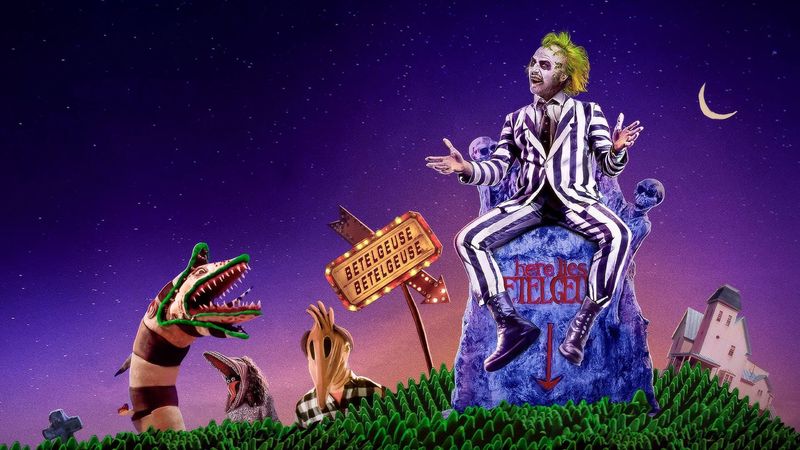
Growing up in the 1980s meant living through one of the most exciting eras for movies. From slasher flicks to raunchy comedies, filmmakers pushed boundaries like never before. But while we begged and pleaded, our parents stood firm, keeping us far away from the VHS tapes that promised thrills, scares, and way too much grown-up content for our innocent eyes.
1. A Nightmare on Elm Street (1984)
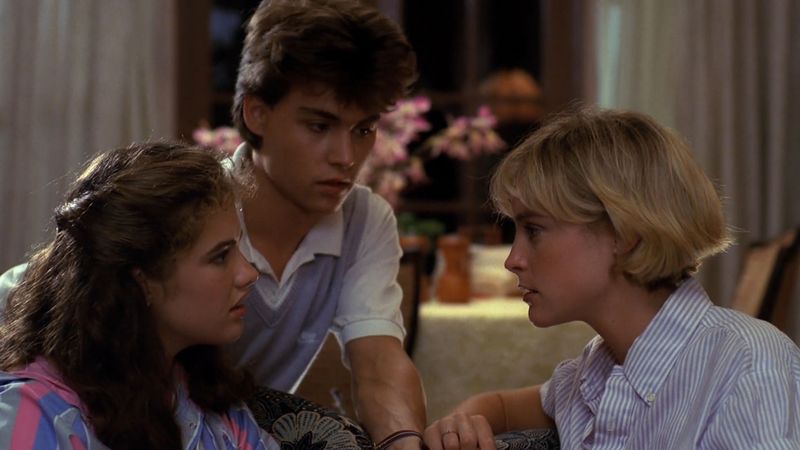
Freddy Krueger became the stuff of legend when this horror masterpiece hit theaters. With his burned face, striped sweater, and razor-blade glove, he turned sleep into something terrifying.
Parents everywhere banned this movie because it literally attacked kids in their dreams. The idea that you could die in your sleep made bedtime a nightmare itself. Wes Craven’s creation was too intense, too gory, and way too creative with its kills.
Even the premise scared adults. When teenagers started dying one by one, audiences realized this wasn’t your typical monster movie. The special effects were groundbreaking and disturbing, showing bodies being dragged across ceilings and blood pouring from beds in ways that still haunt viewers today.
2. Friday the 13th (1980)

Summer camp seemed like innocent fun until Jason Voorhees showed up with his hockey mask and machete. This film turned lakeside cabins into death traps and made an entire generation terrified of the woods.
The movie’s brutal kills and relentless stalking created a formula that countless horror films would copy. Parents hated the graphic violence and the fact that carefree teenagers met such grisly ends. The twist ending with Jason’s mother being the original killer shocked everyone who dared to watch.
Counselors getting picked off one by one while trying to enjoy their summer jobs was nightmare fuel. The film spawned endless sequels, but the original remains the most controversial and banned movie of the era.
3. The Exorcist (1973)
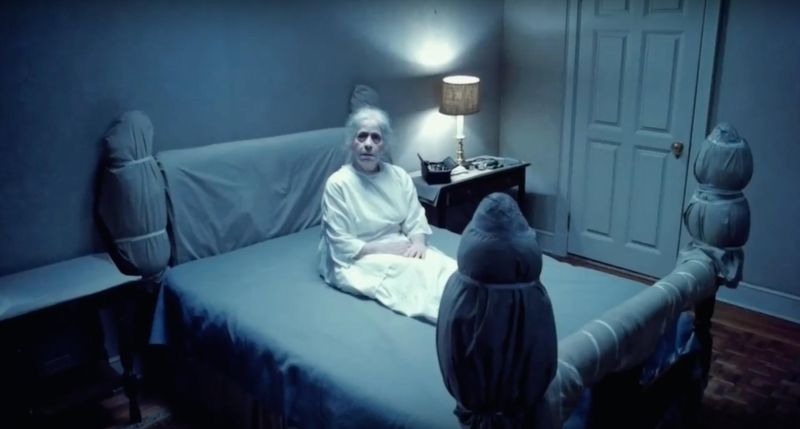
Even though it came out in 1973, parents still refused to let kids watch this demonic possession film throughout the entire 1980s. The image of sweet little Regan turning into a monster haunted entire households.
Her head spinning completely around, the projectile vomiting, and the horrifying voice made this film legendary. Religious families especially kept this movie locked away, fearing it might actually invite evil spirits into their homes. The crucifix scene alone was enough to traumatize adults, let alone children.
Theaters reported people fainting and running out during screenings. The realistic special effects and disturbing themes made it feel too real, too dangerous, and absolutely off-limits for anyone under eighteen years old.
4. Poltergeist (1982)
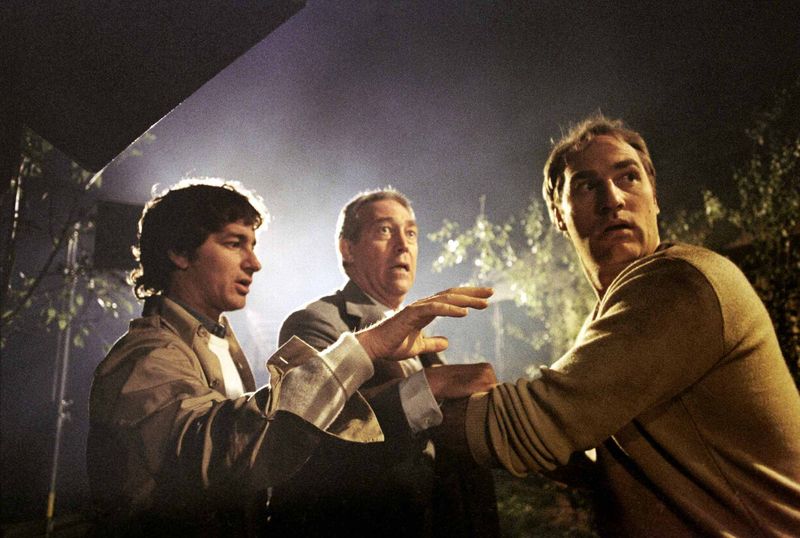
That famous line, “They’re heeere,” still sends shivers down spines decades later. Little Carol Anne sitting in front of the static-filled TV became one of cinema’s most iconic and unsettling images.
What started as a typical family movie quickly descended into pure terror. The clown doll, the tree that came alive, and the swimming pool full of corpses created scenes parents knew would give kids nightmares for months. Steven Spielberg produced this supernatural thriller, giving it credibility that made it even more frightening.
Many parents thought it looked harmless at first glance, but the PG rating was misleading. Kids who snuck peeks never looked at their closets or TVs the same way again, making this a household ban across America.
5. The Shining (1980)
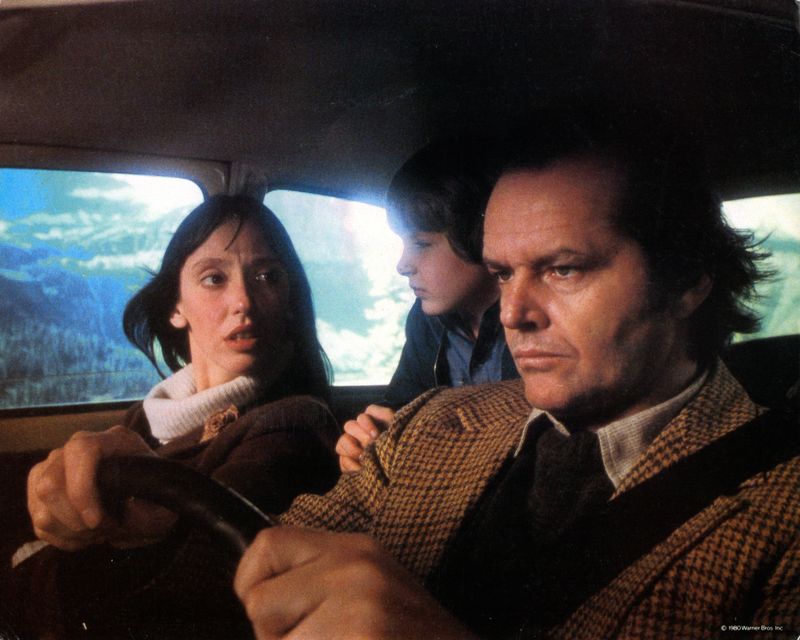
Jack Nicholson’s descent into madness at the Overlook Hotel created one of the most terrifying performances ever captured on film. His transformation from struggling writer to ax-wielding maniac was pure nightmare material.
Stanley Kubrick’s masterpiece combined psychological horror with supernatural elements in ways that disturbed everyone who watched. The creepy twin girls, the elevator of blood, and that unforgettable “Here’s Johnny!” scene made parents lock this movie away immediately. The isolated setting and slow-building tension made it feel realistic and inescapable.
Kids definitely weren’t ready for the domestic violence, the disturbing visions, or the overall sense of dread that permeated every frame. Parents knew this film would leave lasting psychological scars on young viewers.
6. Gremlins (1984)
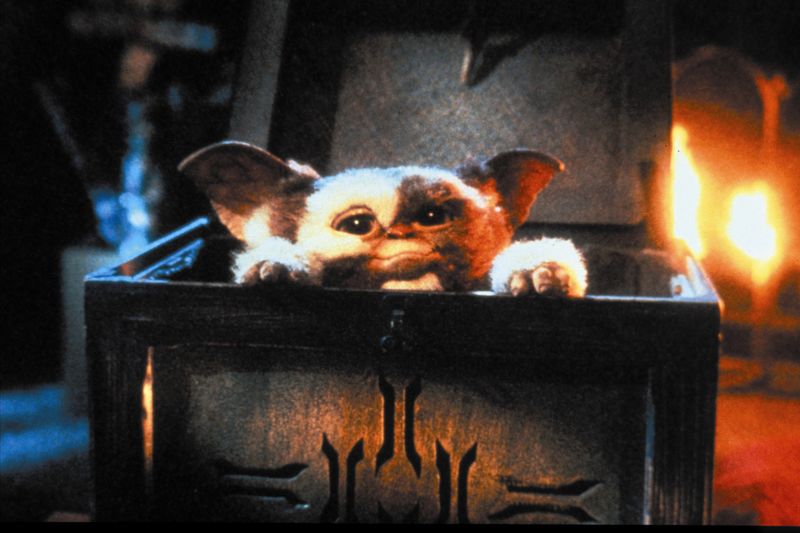
Gizmo looked adorable in the commercials, making parents think this was just another cute Christmas movie. Boy, were they wrong when those fuzzy Mogwai transformed into destructive, violent gremlins after midnight.
The creatures went from cuddly to terrifying in minutes, causing chaos throughout the entire town. They attacked people, destroyed property, and showed surprisingly graphic violence for what seemed like a family film. The kitchen scene where Billy’s mom fights back with a blender and microwave was shockingly brutal.
This movie actually helped create the PG-13 rating because parents were furious their kids saw such intense content. The combination of cute and creepy made it confusing, but the violence made it forbidden in most households during the holiday season.
7. RoboCop (1987)
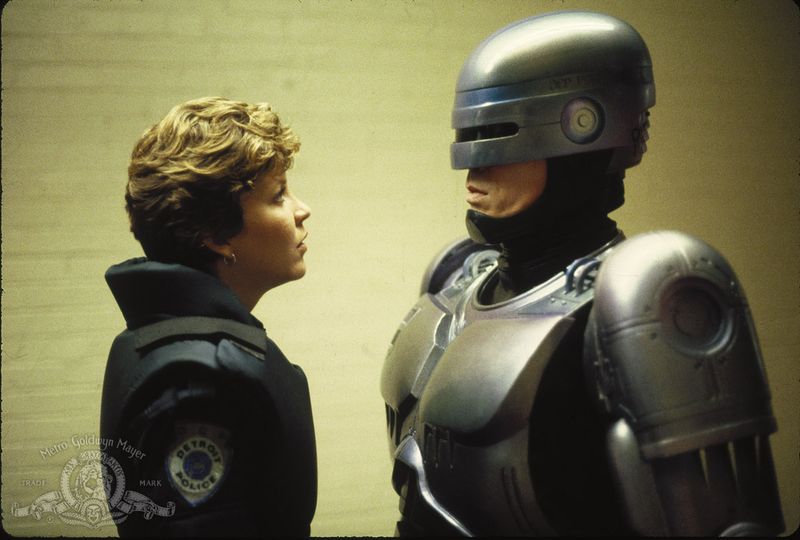
Officer Murphy’s brutal death and transformation into a cyborg cop shocked audiences with its graphic violence and social commentary. Paul Verhoeven didn’t hold back, showing every gruesome detail of Murphy being shot apart by criminals.
The film was a violent satire of corporate greed and media sensationalism, themes that flew over kids’ heads but scared parents nonetheless. Scenes of drug dealers melting from toxic waste and executives getting murdered made this R-rating absolutely necessary. The violence was extreme, the language was harsh, and the overall tone was dark and cynical.
Despite the cool robot suit and action sequences that appealed to kids, parents recognized this wasn’t appropriate viewing material. The dystopian future felt too real and too disturbing for young audiences to process properly.
8. The Terminator (1984)
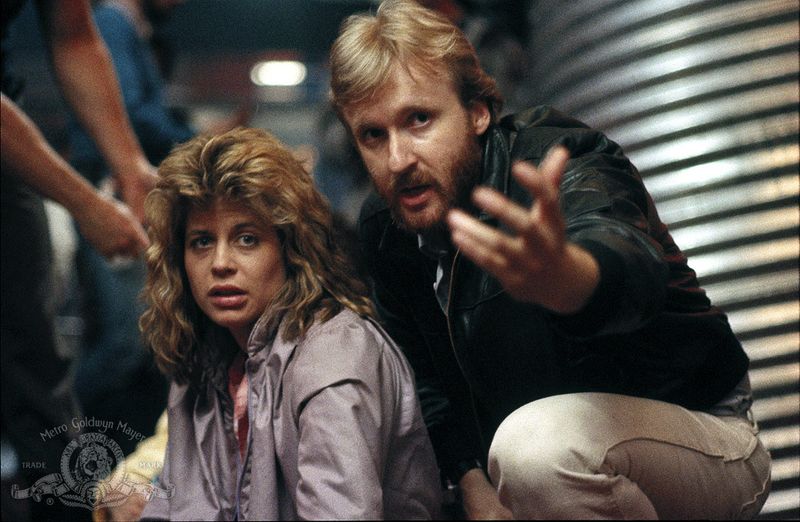
Arnold Schwarzenegger’s relentless killing machine from the future terrified audiences with its single-minded mission to eliminate Sarah Connor. The unstoppable cyborg showed no mercy, leaving a trail of bodies throughout Los Angeles.
James Cameron’s sci-fi thriller combined intense action with genuinely frightening moments. The scene where the Terminator performs self-surgery on his damaged eye was disturbing and unforgettable. Parents worried about the violence, the apocalyptic themes, and the overall dark vision of humanity’s future being destroyed by machines.
The nightclub shootout, the police station massacre, and the final chase sequence were all incredibly violent. Kids wanted to see Arnold’s cool robot character, but parents knew the R-rating was well-deserved and strictly enforced at home.
9. Aliens (1986)
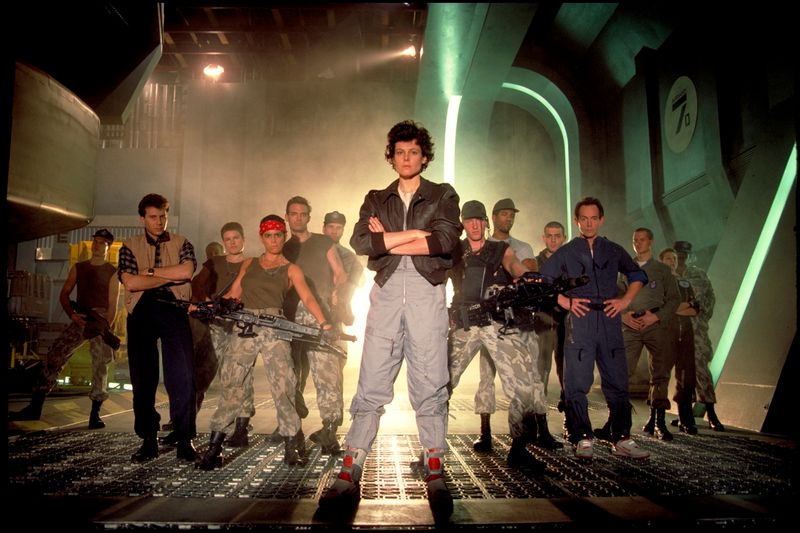
Sigourney Weaver returned as Ellen Ripley to face an entire planet full of xenomorphs in this action-packed sequel. James Cameron transformed the franchise from slow-burn horror into intense military combat, but the scares remained absolutely terrifying.
The alien creatures were nightmarish, with their acid blood, inner jaws, and parasitic reproduction methods that disturbed everyone. Watching facehuggers attack people and chestbursters explode from bodies was graphic and horrifying. The scene with Newt trapped in the water with the alien was pure tension that kept audiences on edge.
Parents recognized this wasn’t suitable for children despite the strong female hero. The violence, the body horror, and the constant sense of danger made this a definite no-go for family movie night throughout the decade.
10. Scarface (1983)
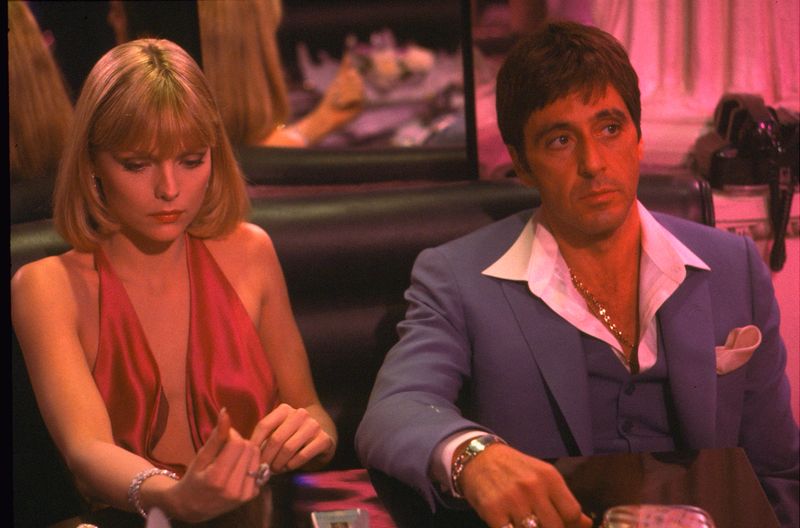
Al Pacino’s portrayal of Cuban refugee Tony Montana and his violent rise through Miami’s drug trade became legendary. Brian De Palma’s epic crime saga was filled with profanity, cocaine, and brutal violence that shocked even hardened moviegoers.
The chainsaw scene alone was enough to earn its hard R-rating, showing graphic torture that left audiences disturbed. Montana’s famous line about his “little friend” preceded one of cinema’s most violent shootouts ever filmed. The amount of drug use shown on screen was unprecedented, glamorizing a lifestyle parents definitely didn’t want kids admiring.
The three-hour runtime meant extended exposure to crime, corruption, and moral decay. Parents kept this film locked away, knowing the language, violence, and overall themes were completely inappropriate for young viewers seeking thrills.
11. Porky’s (1981)
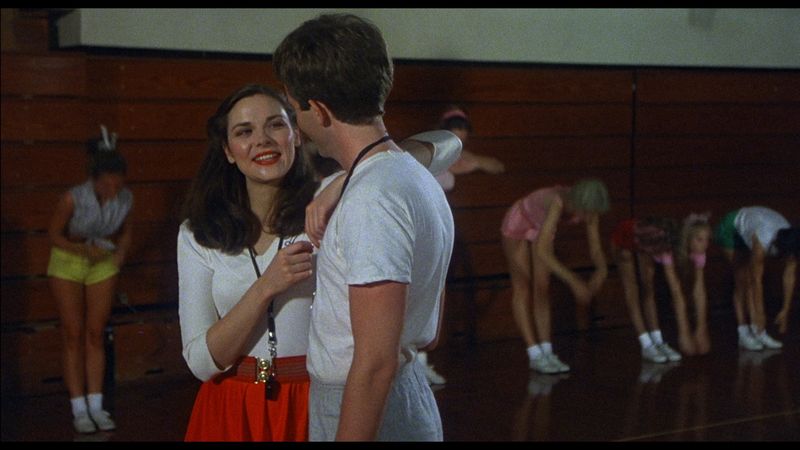
This raunchy teen comedy pushed boundaries with its crude humor. Set in 1950s Florida, the film followed high school boys on their quest to lose their virginity, leading to outrageously inappropriate situations.
The infamous shower scene where boys spy on girls through peepholes was controversial and inappropriate by any standard. Parents were horrified by the inappropriate content, nudity, and overall message the film sent to impressionable teenagers. The humor was juvenile and offensive, focusing entirely on bodily functions.
Despite being a massive box office hit, families everywhere banned this movie from their homes. The combination of nudity, sexual situations, and crude jokes made it absolutely forbidden territory, though many teens found ways to sneak viewings at friends’ houses anyway.
12. Fast Times at Ridgemont High (1982)

Cameron Crowe’s high school comedy captured teenage life with unflinching honesty, which meant showing drug use and serious consequences. The all-star cast included future legends like Sean Penn, Jennifer Jason Leigh, and Nicolas Cage in early roles.
Parents objected to the famous pool scene with Phoebe Cates and the storyline involving teenage pregnancy and abortion. The film didn’t shy away from showing kids skipping school and making poor decisions. Judge Reinhold’s embarrassing bathroom fantasy became iconic but definitely wasn’t family-friendly content.
While the movie had heart and showed real consequences, the R-rating was strictly enforced by parents. The realistic portrayal of teen life was exactly what made it forbidden in most households across America.
13. Revenge of the Nerds (1984)
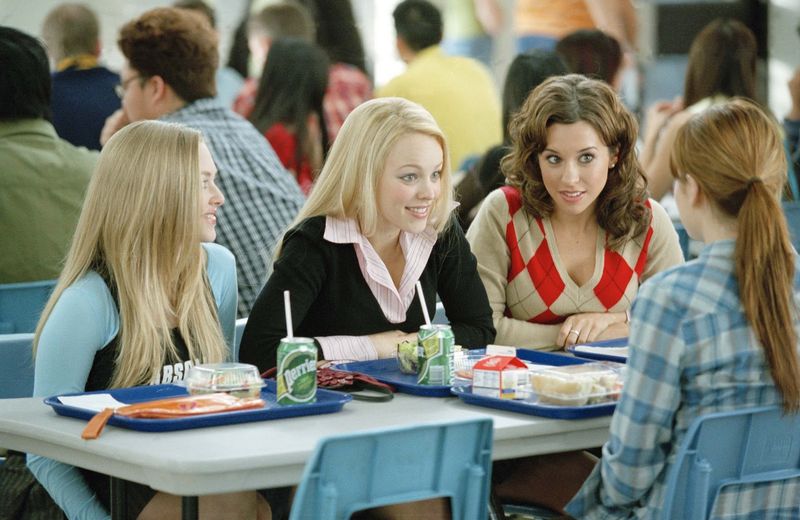
College nerds fighting back against jock bullies sounded harmless enough, but this comedy was packed with adult content that parents found completely unacceptable. The humor went way beyond PG-13 territory into truly inappropriate situations.
Scenes involving hidden cameras in the sorority house, a controversial consent issue, and the infamous talent show performance were all problematic. The movie celebrated revenge through pranks that crossed ethical lines, teaching questionable lessons about getting even.
While audiences loved the underdog story, parents recognized the movie’s many problems. The humor relied heavily on sexuality and invasion of privacy, making it completely off-limits for anyone under seventeen despite its comedy label and seemingly innocent premise about college life.
14. The Blues Brothers (1980)
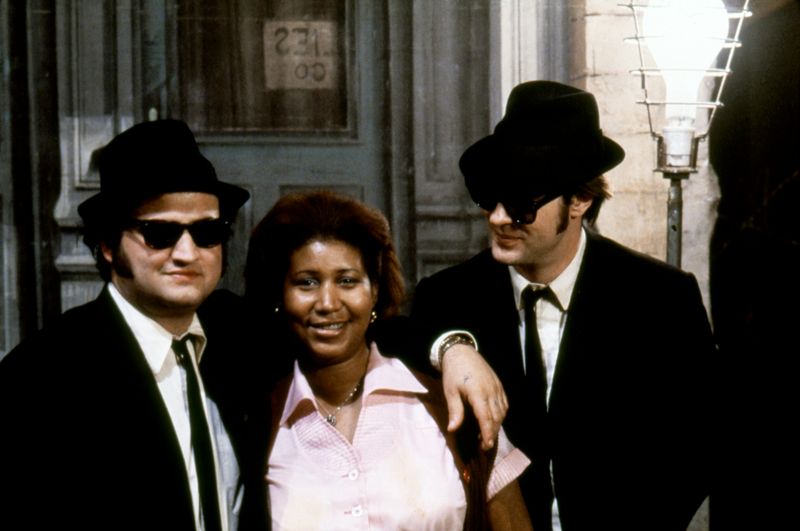
Jake and Elwood Blues went on a mission from God that involved massive car chases, property destruction, and plenty of adult language. John Belushi and Dan Aykroyd created iconic characters, but their adventure was definitely not for kids.
The film featured incredible musical performances from legends like Aretha Franklin and James Brown, but also showed excessive drinking, smoking, and reckless behavior. The car chases destroyed hundreds of vehicles and caused millions in fictional property damage. The language was harsh, the humor was adult-oriented, and the overall chaos was intense.
Parents appreciated the music but knew the content wasn’t appropriate for young viewers. The combination of crime, car crashes, and crude jokes made this musical comedy a forbidden pleasure that teens desperately wanted to experience.
15. Beetlejuice (1988)
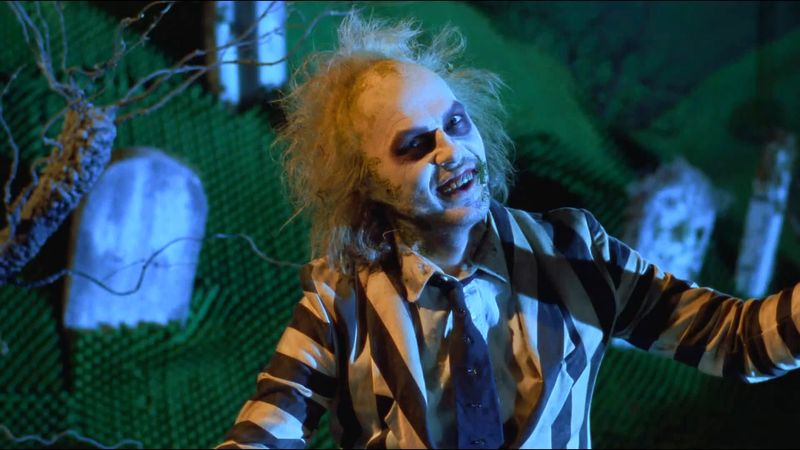
Tim Burton’s macabre comedy about dead people haunting their own home seemed quirky and fun, but younger kids found it genuinely terrifying. Michael Keaton’s manic performance as the bio-exorcist ghost was both hilarious and disturbing.
The film’s dark humor involved death, the afterlife, and some surprisingly scary moments. The dinner party possession scene with the “Day-O” song was creepy, and the sandworm creatures were nightmare-inducing. Burton’s gothic visual style created an atmosphere that felt dangerous and unpredictable throughout.
Parents worried the film would give sensitive children nightmares about death and ghosts. The PG rating seemed misleading given the intense supernatural content and adult themes. Many families decided to wait until kids were older before introducing them to Burton’s wonderfully weird ghostly world.
16. Child’s Play (1988)

Good Guy dolls were supposed to be every kid’s best friend until serial killer Charles Lee Ray transferred his soul into one. Chucky became one of horror’s most iconic villains, turning innocent toys into objects of terror.
The idea of a possessed doll coming to life and committing murders was deeply disturbing for children and adults alike. Kids looked at their own toys differently after hearing about this movie. The violence was graphic, showing the small doll brutally attacking full-grown adults in creative and shocking ways.
Parents banned this film immediately, knowing it would traumatize kids and ruin their relationships with their favorite toys. The concept hit too close to home, making bedrooms feel unsafe. Toy stores even reported decreased doll sales after this movie’s release.
17. The Lost Boys (1987)
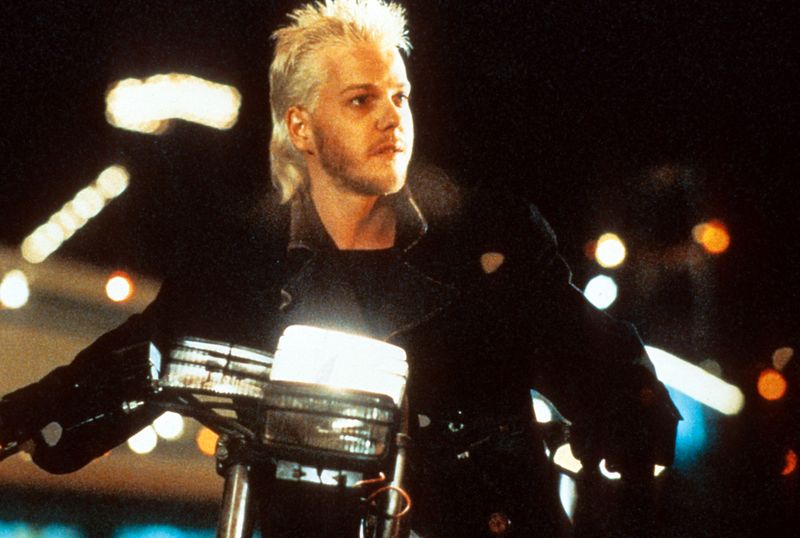
Santa Carla’s boardwalk looked like paradise until Michael discovered it was actually crawling with teenage vampires. Joel Schumacher created a stylish, MTV-generation vampire film that made bloodsuckers seem dangerously cool.
The Frog Brothers provided comic relief, but the movie showed graphic vampire violence and disturbing transformations. Kiefer Sutherland’s charismatic performance made the vampire lifestyle look appealing, which worried parents trying to keep kids away from dark influences. The feeding scenes, the impalement deaths, and the overall gothic atmosphere were intense and frightening.
Parents recognized the film glorified rebellion and made monsters seem attractive to impressionable teens. The rock soundtrack, the cool factor, and the vampire mythology combined to create something parents deemed too mature and potentially influential for young viewers watching at home.
18. Full Metal Jacket (1987)

Stanley Kubrick’s brutal examination of the Vietnam War started with an intense boot camp sequence that showed psychological abuse and ended in tragic violence. The film’s two-part structure moved from training to combat, both equally disturbing.
The language was incredibly harsh, with R. Lee Ermey’s drill instructor delivering some of cinema’s most profane dialogue. Private Pyle’s mental breakdown and the shocking bathroom scene traumatized viewers. The second half showed urban warfare in Hue City with graphic violence and the moral complexities of combat.
Parents knew this realistic war film was far too intense for children. The psychological damage, the violence, and the overall anti-war message required mature understanding. This wasn’t Hollywood heroism but rather a disturbing look at war’s devastating effects on soldiers’ minds and souls.
19. Platoon (1986)
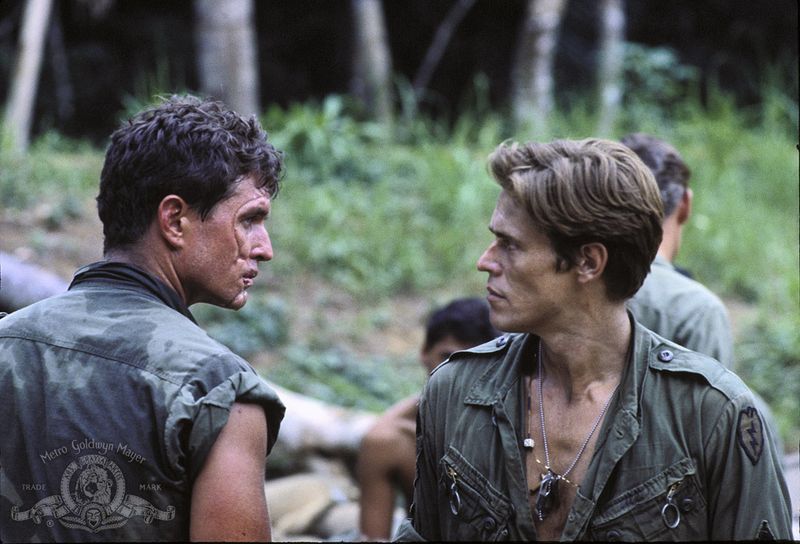
Oliver Stone drew from his own Vietnam experience to create this harrowing and realistic war film. Charlie Sheen’s character witnessed the war’s horrors firsthand, caught between two sergeants representing different moral approaches to combat.
The film showed the brutal reality of jungle warfare, including a devastating village massacre scene that exposed war crimes. Soldiers dealt with fear, drugs, and moral confusion while fighting an invisible enemy in impossible conditions. The violence was graphic and unflinching, showing young men dying in horrible ways far from home.
Parents understood this Oscar-winning film was important but absolutely not appropriate for children. The realistic combat, the drug use, and the moral ambiguity required adult comprehension. Stone’s unflinching honesty made it powerful cinema but definitely forbidden family viewing material throughout the eighties.
20. Basic Instinct (1992)
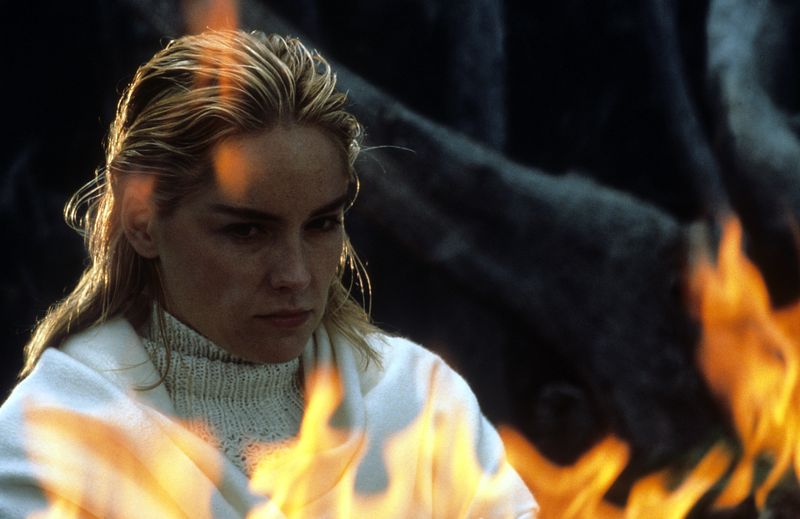
Though technically released in 1992, parents who heard about this film started banning it before kids even knew it existed. Paul Verhoeven’s erotic thriller starring Sharon Stone became instantly notorious for its graphic violence.
The infamous interrogation scene became one of cinema’s most talked-about moments, creating controversy that lasted for years. The film combined murder mystery with explicit sexuality in ways that earned its R-rating several times over. Parents who grew up in the eighties applied the same strict rules to this nineties thriller.
Michael Douglas and Sharon Stone’s chemistry was electric but completely inappropriate for young viewers. The violence was brutal and the overall adult themes made this absolutely off-limits. Parents treated it like the forbidden eighties films they’d banned throughout the previous decade.

Comments
Loading…